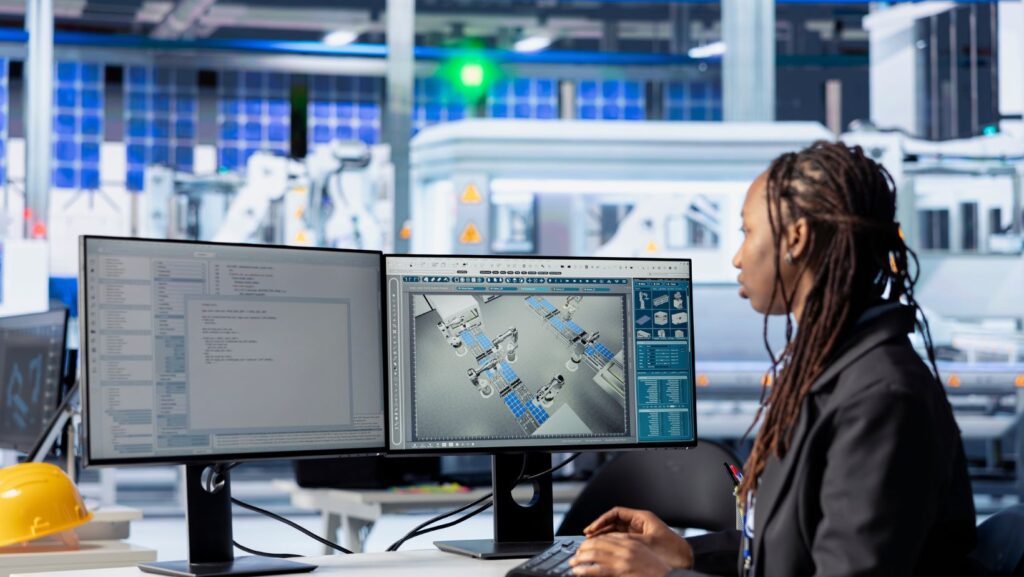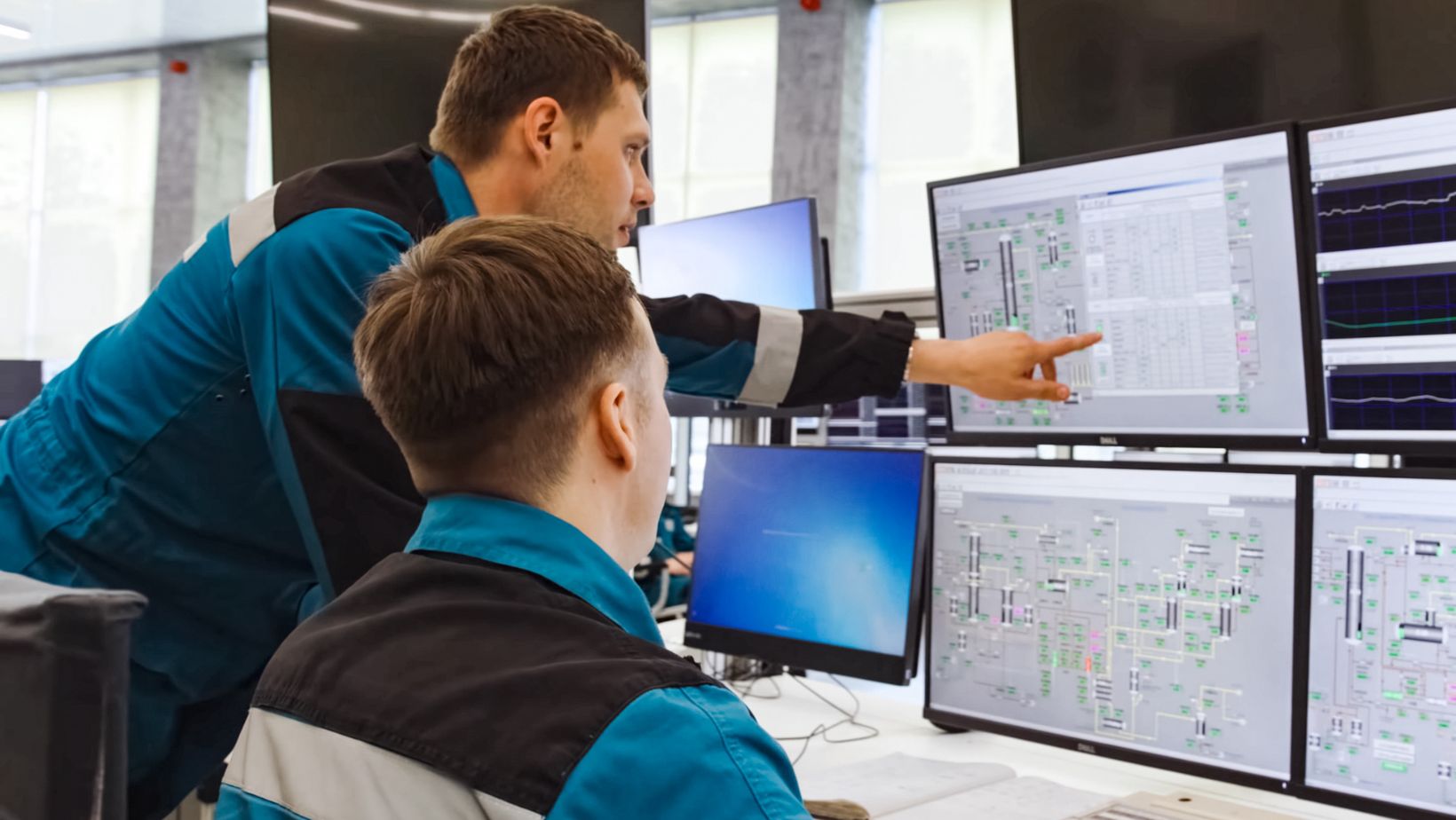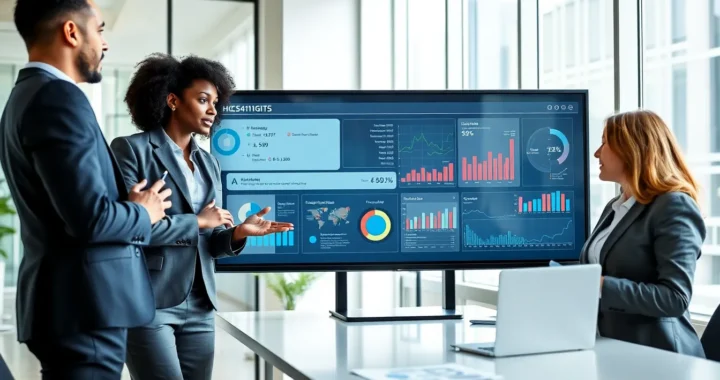The Future of Maintenance: How Remote Lift Monitoring Reduces Downtime

Building maintenance is now more about failure prevention than correcting mistakes after they happen. Remote lift monitoring is one such preventive method that allows facility managers to track elevator performance in real time, identify problems before they become significant issues, and significantly reduce downtime.
With buildings becoming smarter, remote lift monitoring is a game-changer for vertical transportation.
In this article, we discuss how remote lift monitoring transforms elevator maintenance, saves money, and determines the future of building operations.
Remote Lift Monitoring – An Introduction
Remote lift monitoring uses sensors, internet connectivity, and data analytics to track the health and performance of elevators remotely.
- Remote monitoring systems use Internet of Things (IoT) technology and give real-time data on key elevator equipment such as motors, doors, control systems, and ride quality.
- This data is transmitted to a central platform where it is analyzed to detect anomalies, predict potential failures, and notify maintenance teams.
Remote Lift Monitoring – Advantages
Remote lift monitoring is an essential feature of modern-day building management that reduces unscheduled downtime, improves service scheduling, and makes elevation operation smoother.
1. Reduced Downtime
Downtime reflects poorly on facilities management and annoys building occupants.
- The remote lift monitoring system continuously monitors elevator performance. They collect and examine real-time information on speed, door movement, travel time, levels of vibration, and other parameters associated with elevator health.
- Instant and automatic alerts are sent to the maintenance team when faults are identified.
- This enables the maintenance teams to respond quickly, often repairing issues before they arise as complete system malfunctions.
- As a result, elevators experience fewer failures and are more dependable.
2. Predictive Maintenance
Elevator maintenance performed at regular intervals irrespective of the equipment usage or its condition, has changed with the introduction of remote lift monitoring technology.

- Remote lift monitoring utilizes artificial intelligence and machine learning technology to recognize patterns and predict impending motor, brake, cable, and other component failures ahead of time.
- This avoids costly repairs, extends the lifespan of key components, and keeps elevators in peak condition at all times.
- The system also schedules maintenance appointments based on the actual elevator usage instead of having scheduled time slots. This maximizes efficiency and equipment life.
3. Enhanced Safety
Malfunctioning elevator systems present critical safety risks to occupants.
- Remote lift monitoring can be completely integrated with current Building Management Systems (BMS) platforms.
- The online system continuously monitors and detects possible problems like abnormal stopping, jammed doors, or control system failure, normally before they happen.
- Through instant warning and rapid response time, the potential risks are neutralized in a timely fashion, reducing the possibility of harm and assisting in the overall safety of the building.
4. Cost Savings
Remote monitoring prevents expensive emergency elevator maintenance by taking a proactive approach rather than a reactive one.
- Technicians can view the system information and diagnose the problem remotely, reducing response time, cost, and unnecessary call-backs.
- Improved scheduling, fewer emergency calls, and optimal use of technician hours result in lower operating costs for building owners and maintenance providers.
- Also, by extending the life of elevator parts, remote monitoring realizes long-term capital cost savings on replacing equipment.
5. Data-Driven Insights
Remote elevator systems gather and report performance data, making elevator maintenance a data-driven, strategic practice.

- Cloud storage of operations and maintenance data makes it simple to access real-time and historical data.
- The system offers completely customizable dashboards with key performance indicators (KPIs), trend reports, usage reports, and system notifications.
- Such data aids building managers in making better decisions when deciding on equipment upgrades, energy usage, and budget.
Remote Lift Monitoring: A Smarter and Safer Maintenance
Remote monitoring of lifts provides a smarter, faster, and more reliable solution to ensure lifts operate efficiently and safely. With real-time diagnostics, predictive maintenance, and data-driven decision making, the technology realizes dramatic downtime reduction, cost savings, safety, and customer satisfaction improvements.
Facility personnel, service companies, and building owners adopting this cutting-edge method can future-proof their operations and set standards for reliability and performance.

 Embedtree Games Software: Level Up Your Gaming Experience
Embedtree Games Software: Level Up Your Gaming Experience  Improve Software HCS 411GITS: Unlocking Its Full Potential
Improve Software HCS 411GITS: Unlocking Its Full Potential  Embedtree Games And Software: Elevate Your Gaming Experience
Embedtree Games And Software: Elevate Your Gaming Experience